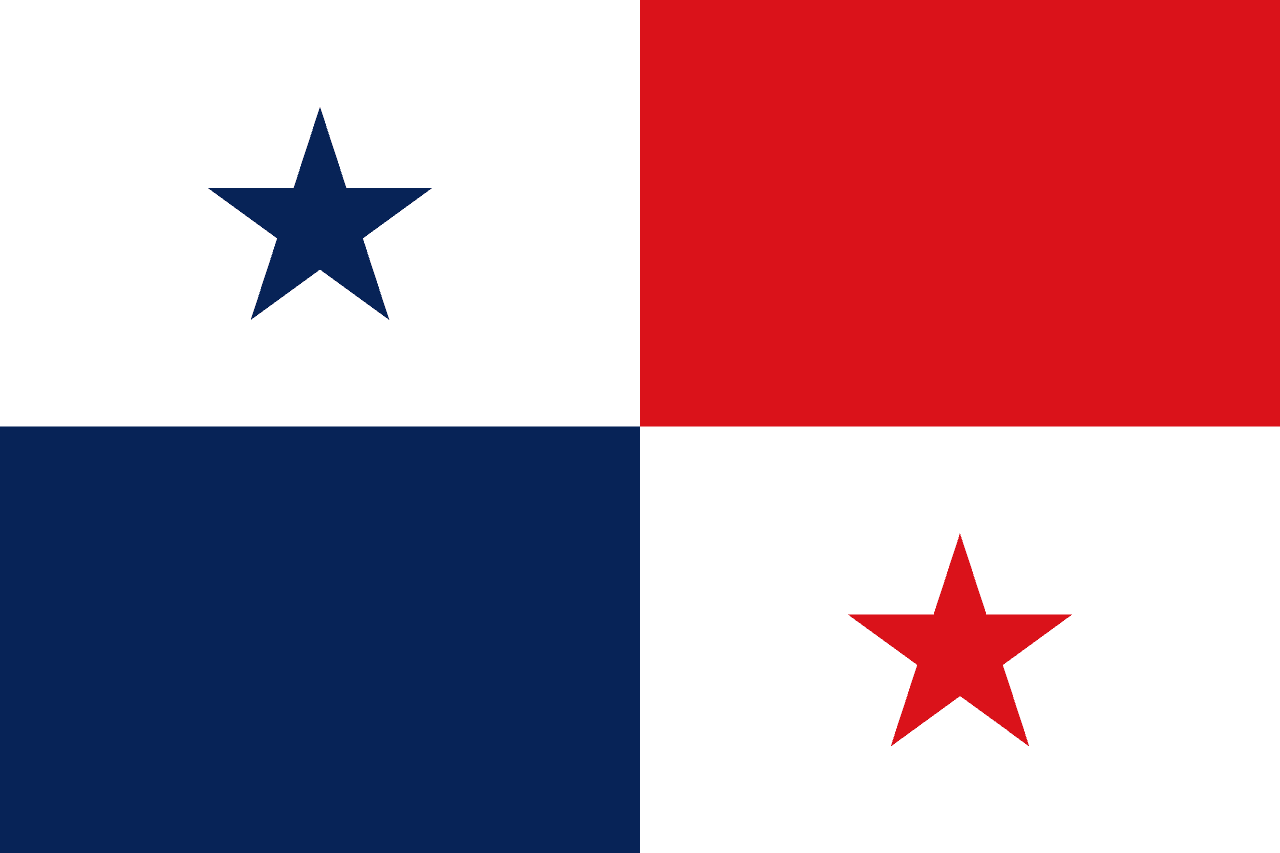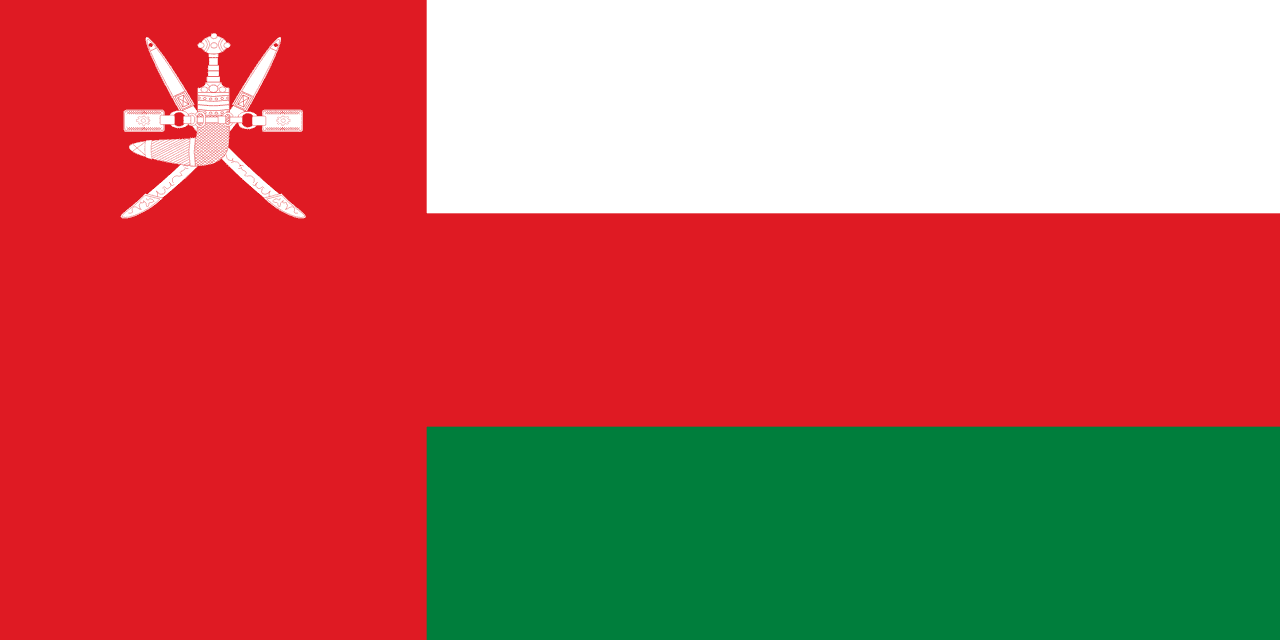La bandera de Palestina consiste en tres franjas horizontales iguales: negra en la parte superior, blanca en el medio y verde en la parte inferior, con un triángulo rojo en el lado de izqueirda. Este diseño llamativo encapsula la rica historia, identidad cultural y aspiraciones de independencia de Palestina.
Información sobre Palestina
| Día de la bandera nacional | — |
| Estado soberano | — |
| Nombre oficial | Estado de Palestina |
| Capital | Jerusalén Este |
| Población | 4,862,939 |
| Área | 6,220 km² |
| Moneda | Nuevo shekel israelí (ILS), dinar jordano (JOD) |
| Idioma | Árabe, hebreo |
| Continente | Asia |
| Región | Medio Oriente |
| Subregión | Levantino |
| Fronteras | Israel, Jordania, Egipto |
| Zona horaria | Hora estándar de Palestina (PST) UTC+2 |
| Código de marcado | +970 |
| Dominio de nivel superior | .ps |
Historia de la bandera palestina
 El diseño actual de la bandera de Palestina fue adoptado oficialmente por la Organización para la Liberación de Palestina (OLP) el 1 de diciembre de 1964. Sin embargo, sus orígenes se remontan a la Revuelta Árabe contra el dominio otomano en 1916. El diseño de la bandera se basa en los colores Panárabes, que fueron combinados por primera vez de esta manera durante la Revuelta Árabe.
La bandera ganó una gran prominencia durante el movimiento nacional palestino en el siglo XX. Se convirtió en un poderoso símbolo de la identidad palestina y las aspiraciones de independencia, especialmente después de la Guerra de los Seis Días en 1967. El estatus de la bandera se consolidó aún más con los Acuerdos de Oslo en 1993, que permitieron su uso oficial en las áreas bajo control de la Autoridad Palestina.
El diseño actual de la bandera de Palestina fue adoptado oficialmente por la Organización para la Liberación de Palestina (OLP) el 1 de diciembre de 1964. Sin embargo, sus orígenes se remontan a la Revuelta Árabe contra el dominio otomano en 1916. El diseño de la bandera se basa en los colores Panárabes, que fueron combinados por primera vez de esta manera durante la Revuelta Árabe.
La bandera ganó una gran prominencia durante el movimiento nacional palestino en el siglo XX. Se convirtió en un poderoso símbolo de la identidad palestina y las aspiraciones de independencia, especialmente después de la Guerra de los Seis Días en 1967. El estatus de la bandera se consolidó aún más con los Acuerdos de Oslo en 1993, que permitieron su uso oficial en las áreas bajo control de la Autoridad Palestina.
Simbolismo y diseño de la bandera palestina
El diseño de la bandera palestina está lleno de simbolismo, reflejando la compleja historia y el patrimonio cultural de la región. Cada color en la bandera tiene un significado específico enraizado en la historia islámica y árabe:
- Negro: Representa el Califato Abásida (750-1517), simbolizando la determinación y la fortaleza del pueblo palestino.
- Blanco: Simboliza el Califato Omeya (661-750), representando la paz y un futuro brillante.
- Verde: Representa el Califato Fatimí (909-1171), simbolizando la prosperidad y la tierra fértil de Palestina.
- Rojo: El triángulo rojo en el lado izquierdo representa la dinastía Hashemita y la Revuelta Árabe contra el dominio otomano. También simboliza la sangre derramada en la lucha por la independencia palestina.
La disposición de estos colores en franjas horizontales con un triángulo es compartida por varios otros países árabes, reflejando la conexión de Palestina con el mundo árabe en general mientras mantiene su identidad distintiva.
Uso y significado de la bandera palestina
 La bandera palestina tiene un gran significado como símbolo de identidad nacional, solidaridad y aspiraciones de estado. Se muestra ampliamente en los territorios palestinos, incluyendo Cisjordania y la Franja de Gaza, en edificios gubernamentales, durante conmemoraciones nacionales y en eventos culturales.
La bandera juega un papel crucial en la vida política y social palestina. Es un símbolo prominente durante las protestas y manifestaciones, tanto dentro de los territorios palestinos como en movimientos de solidaridad en todo el mundo.
La bandera palestina tiene un gran significado como símbolo de identidad nacional, solidaridad y aspiraciones de estado. Se muestra ampliamente en los territorios palestinos, incluyendo Cisjordania y la Franja de Gaza, en edificios gubernamentales, durante conmemoraciones nacionales y en eventos culturales.
La bandera juega un papel crucial en la vida política y social palestina. Es un símbolo prominente durante las protestas y manifestaciones, tanto dentro de los territorios palestinos como en movimientos de solidaridad en todo el mundo.
Levantar la bandera palestina se ve a menudo como un acto de desafío y una afirmación de los derechos y la identidad palestina. Internacionalmente, la bandera palestina representa la causa palestina en funciones diplomáticas y foros globales. Su uso y reconocimiento han sido temas de debate político, reflejando la compleja situación geopolítica que rodea la soberanía palestina. En 2015, la Asamblea General de las Naciones Unidas aprobó una resolución que permitió que la bandera palestina se izara en su sede, una victoria simbólica para los esfuerzos diplomáticos palestinos.
Datos interesantes sobre la bandera palestina
- La bandera palestina es casi idéntica a la bandera de Jordania, siendo la única diferencia la ausencia de una estrella blanca en el triángulo rojo de la versión palestina.
- Los colores de la bandera son conocidos como los "colores Panárabes" y son compartidos por varios otros países árabes, simbolizando la unidad árabe.
- En algunas áreas, ondear la bandera palestina fue una vez prohibido, convirtiendo su exhibición en un poderoso acto de expresión política.
- La bandera ha inspirado diversas formas de arte y expresión cultural palestina, apareciendo en pinturas, bordados y otras artesanías tradicionales.
- La bandera palestina más grande fue creada en 2014 en Ramallah, midiendo 66 metros (217 pies) de largo y 33 metros (108 pies) de ancho.





